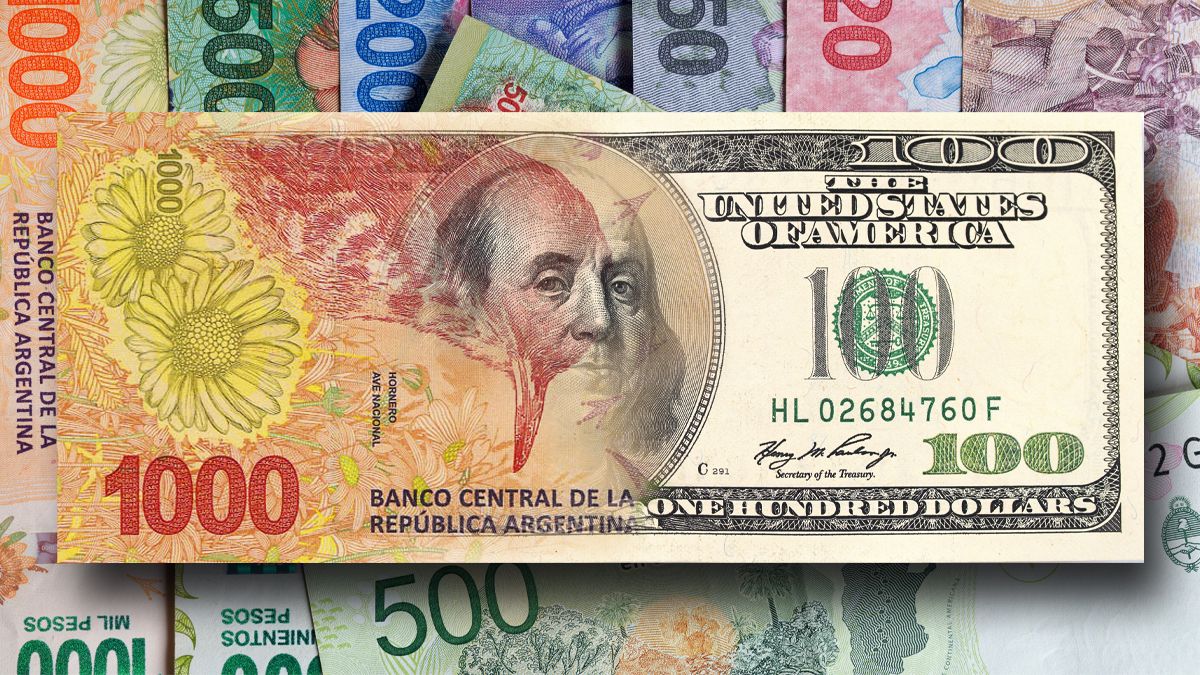And it is that in fact, with sustained inflation since the beginning of the year, The peso had only been devalued by 2 and 2.3%, respectively, in January and February, to later expand this figure from 3.2 to 4.8% between March and July, rising from 5.7 in August to 6 .6% in November, and drop slightly to 5.9% in December, when there was also a decline in inflation which allowed the devaluation rate to remain above it.
The Development Research Foundation – FIDE points out at this point that the changes of authorities of the MMinistry of Economy gave rise to a high financial turmoilin which both inflation and devaluation were activatedwhich, subsequently, accelerated even in the face of a shrinking pace of price movements.
FIDE stands out against the dollar four stages since the assumption of the current managementa first that goes from the change of government to the outbreak of the pandemic, where inflation exceeded the dollara second, with the pandemic, where devaluation accelerated with uniform slidesseeking to keep the real exchange rate high in line with the rest of the emerging countries, as well as a third stage that includes the electoral period and the management of the dollar linked to the exchange rate anchor, that is, where the devaluation moderated significantly and some exchange rate appreciation was observed. Finally, the fourth had as a particular feature the external shock of the war in Ukraine, where nominality increased significantly, activating both inflation and devaluation to which was later added the change of Ministers of Economy, which generated that the devaluation accelerates, although the pace of price and interest rate movements slowed.
As they state, “going forward, it would seem that the Government wants to align rates and devaluation with the aim of giving a new rate of price increases. The numbers for November and December indicate that the price agreements have been effective. And international conditions seem to accompany this objective.”.
In this way, the government seems to maintain the strategy of devaluing above inflation to continue reducing the appreciation of the peso, although to the extent that inflation slows down, as was shown in November and what December could show, the rate of devaluation will also decreasealthough to a lesser extent than price indices.
In this sense, it will also be key to maintain reserves to avoid currency runs, in the face of a very challenging scenario, due to the fact that this year debt payment commitments increase by a net return to the IMF of Special Drawing Rights for almost 750 million dollars, interest payments with this organization for almost 3,500 million dollars, and interest on restructured bonds for 4,000 million dollarsIn addition to the commitment to the IMF of increase the stock of reserves by 4,800 million dollars above the 44,588 million at the end of 2022.
However, the January Situation Report the National University of Tres de Febrero (Untref) led by former Secretary of Commerce Roberto Feletti points out that the government also has as “card to play” the recent conversion of part of the swap (currency exchange) with China for the equivalent of 5,000 million dollars of free availability, and the aspiration of obtaining a line of financing or swap with Brazil for bilateral trade for an amount of 8,000 to 10,000 million dollarswhich would be opened after the third presidency of Lula da Silva.
Also, that compliance with the agreement with the IMF allows the disbursement of the agreed itemsand the tax agreement with the US allows a potential expansion of the tax base of about 100,000 million dollars, with which, from the start, they risk Ministry of Economythe additional tax collection could be around 1 billion dollars a year.
Source: Ambito
I am a 24-year-old writer and journalist who has been working in the news industry for the past two years. I write primarily about market news, so if you’re looking for insights into what’s going on in the stock market or economic indicators, you’ve come to the right place. I also dabble in writing articles on lifestyle trends and pop culture news.




